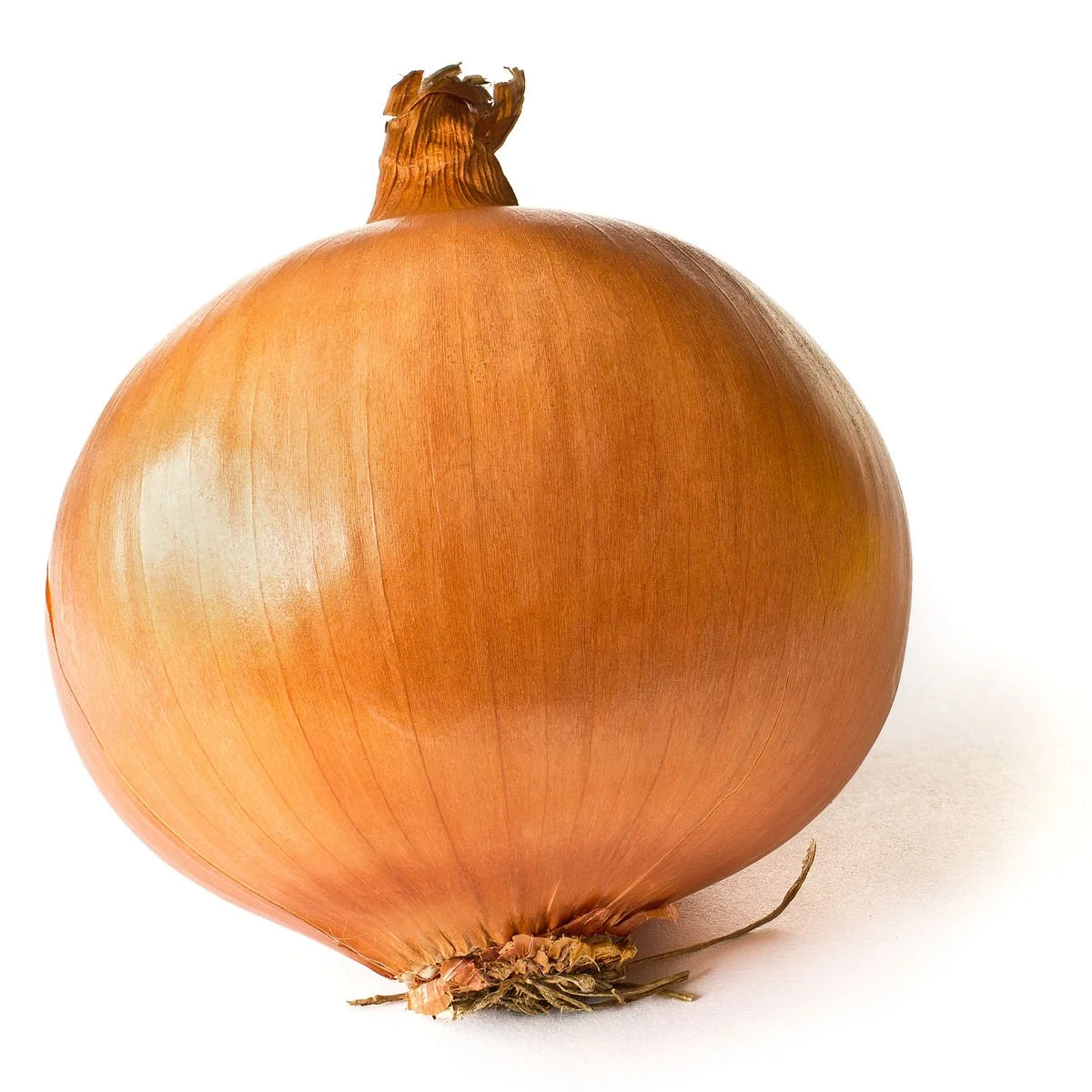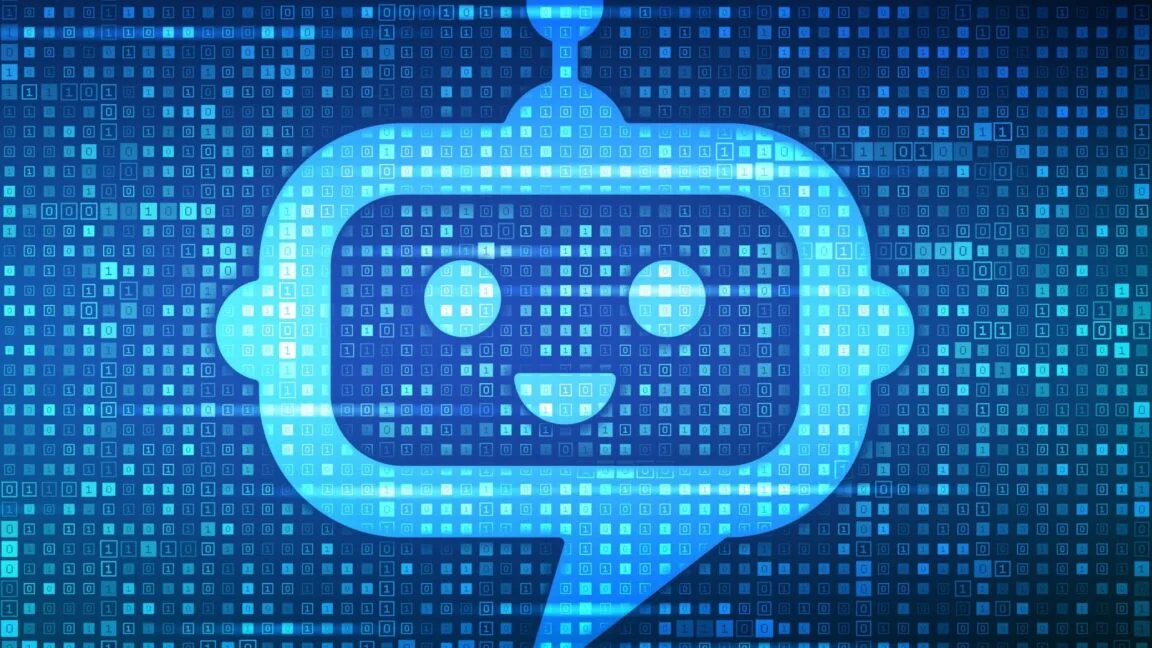- cross-posted to:
- legalnews
- cross-posted to:
- legalnews
The lawsuit says the Hingham High School student handbook did not include a restriction on the use of AI.
“They told us our son cheated on a paper, which is not what happened,” Jennifer Harris told WCVB. “They basically punished him for a rule that doesn’t exist.”
cross-posted from: https://lemmy.zip/post/24633700
Case file: https://storage.courtlistener.com/recap/gov.uscourts.mad.275605/gov.uscourts.mad.275605.8.0.pdf
Case file: https://storage.courtlistener.com/recap/gov.uscourts.mad.275605/gov.uscourts.mad.275605.13.0.pdf



That’s true in this context and often true generally, but it’s not completely true. The Copyright Office has made it clear that the use of AI tools has to be evaluated on a case-by-case basis, to determine if a work is the result of human creativity. Refer to https://www.copyright.gov/ai/ai_policy_guidance.pdf for more details.
For example, they state that the selection and arrangement of AI outputs may be sufficient for a work to be copyrightable. And that’s without doing any post-processing of the AI’s outputs.
They don’t talk about situations like this, but I suspect that, if given a prompt like “Rewrite this paragraph from third person to first person,” where the paragraph in question is copyrighted, the output would maintain the same copyright as the input (particularly if performed faithfully and without hallucinations). Such a revision could be made with non-LLM technology, after all.